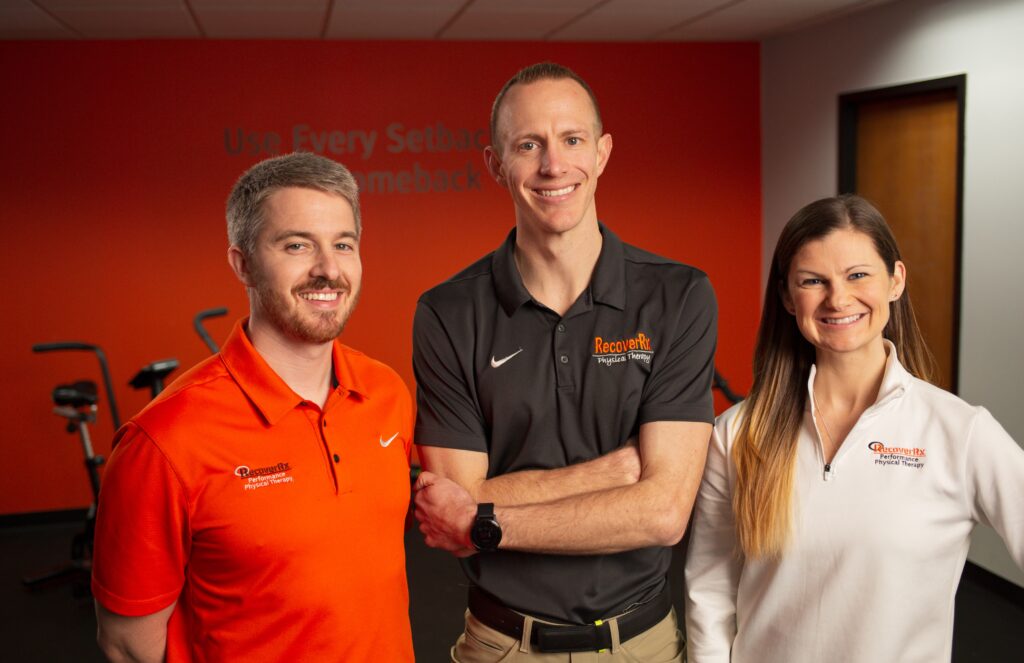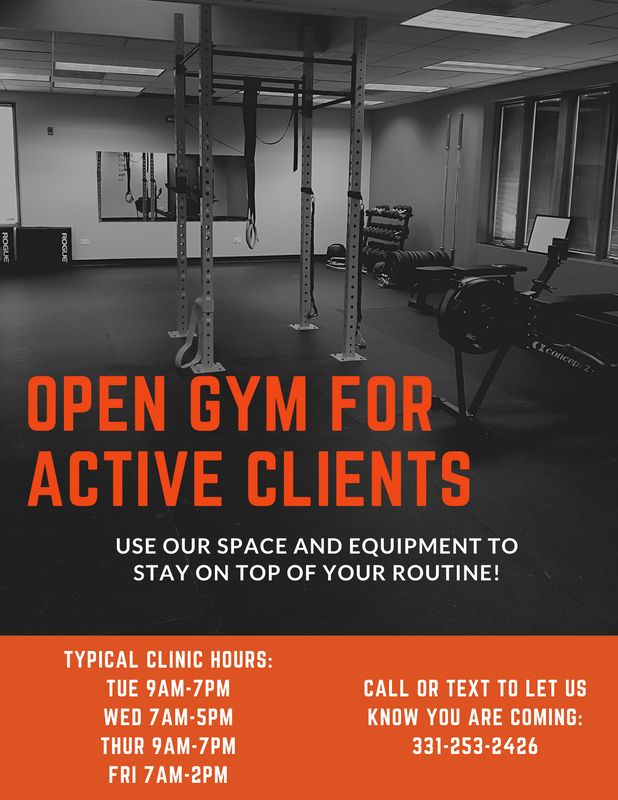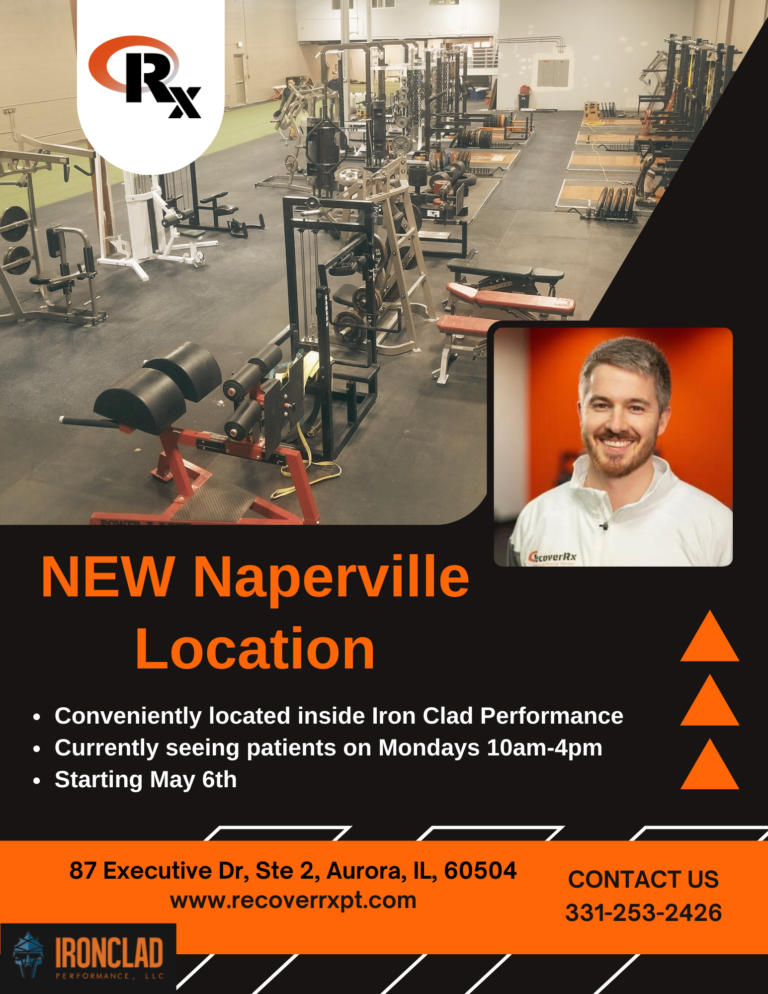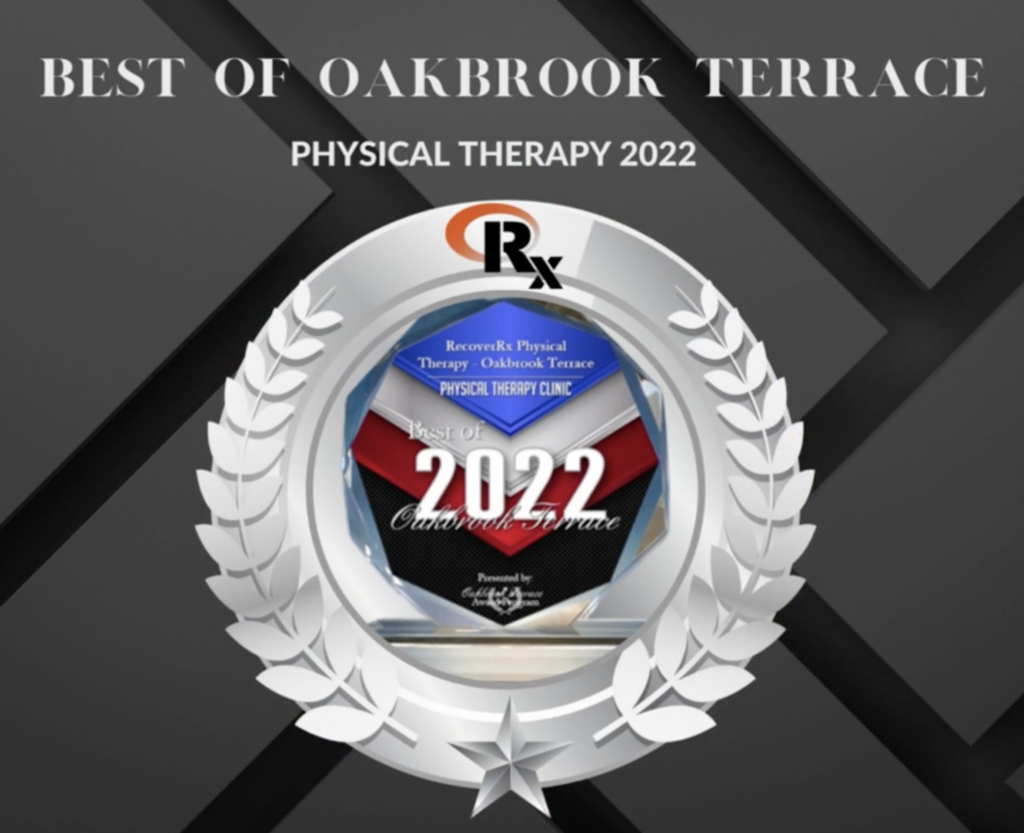As a physical therapist treating patients with concussions for over 8 years I often receive similar questions such as: I was just told to rest and wait, what can PT do for me? Or what exactly does PT do to help me recover from a concussion? Should I exercise or how do I know when I am ready to go back to what I love? I will answer all these questions for you today.
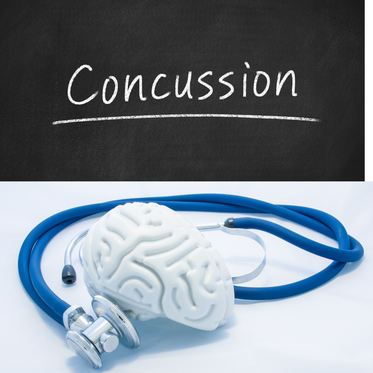
treating concussions, the most important aspect of care is to identify the primary concussion profile of the patient. Through research we have been able to identify 6 profiles for sport related concussions. All patients fall into 1 primary profile but most of the time there is overlap with 2-3 profiles. The 6 profiles are cervical (neck), cognitive/fatigue, visual , vestibular, migraine and anxiety/mood. Without identifying the profile the treatment can not be appropriately targeted or effective. Providing balance exercises for someone dealing with a visual profile will not address the problem and will not be the solution for that patient.
Through listening to a patient’s story, getting in depth with a patient’s past history, understanding immediate symptoms after the concussion and the current issues they are experiencing, the profile will start to be created. Apart from understanding the symptoms, a hands-on examination will need to take place. In our practice we will always assess the balance system, the coordination of the eyes and lastly perform an orthopedic examination of the cervical spine in terms of motion, pain and control. The combination of how the patient feels and what symptoms are demonstrated in the examination will create their concussion profile.
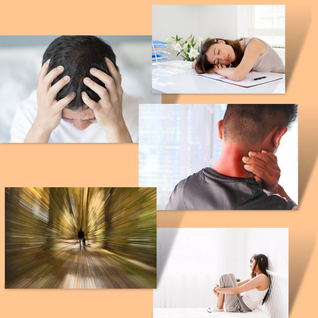
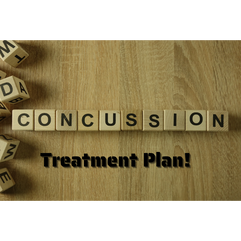
Once the profile is identified, active rehabilitation can begin. We know through years of research that simply resting and avoiding activity does more harm than good and it violates the fundamental topic of this blog- concussions are treatable. We no longer treat concussions passively with rest, avoiding light and stimulus and waiting for the brain to heal. Now we treat concussions actively.
Active rehabilitation for concussion management has 3 parts.
- 1. Identify the profile with objective deficits
- 2. treat the deficits with targeted exercises.
- 3. Step wise progression back to exercise based on symptoms.
To answer the above question regarding return to previous activities, we want to take the guesswork out of the decision making process.
We will perform a buffalo concussion treadmill test to determine a patient’s ability to tolerate aerobic exercise. This test in combination with a structured return to play protocol will give us the answers to a person’s ability to perform their everyday activities without return of symptoms.
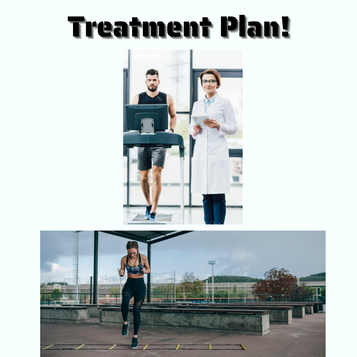
If you or someone you know is dealing with a recent concussion or one that hasn’t recovered the way they would like please don’t hesitate to reach out or call so we can identify the profile, prescribe specific exercises based upon the examination and tailor a return to play/life protocol that is based on tests and measures supported by research!
You can reach out to us via email: info@recoverrxpt.com
or reach us by phone: 331-253-2426

